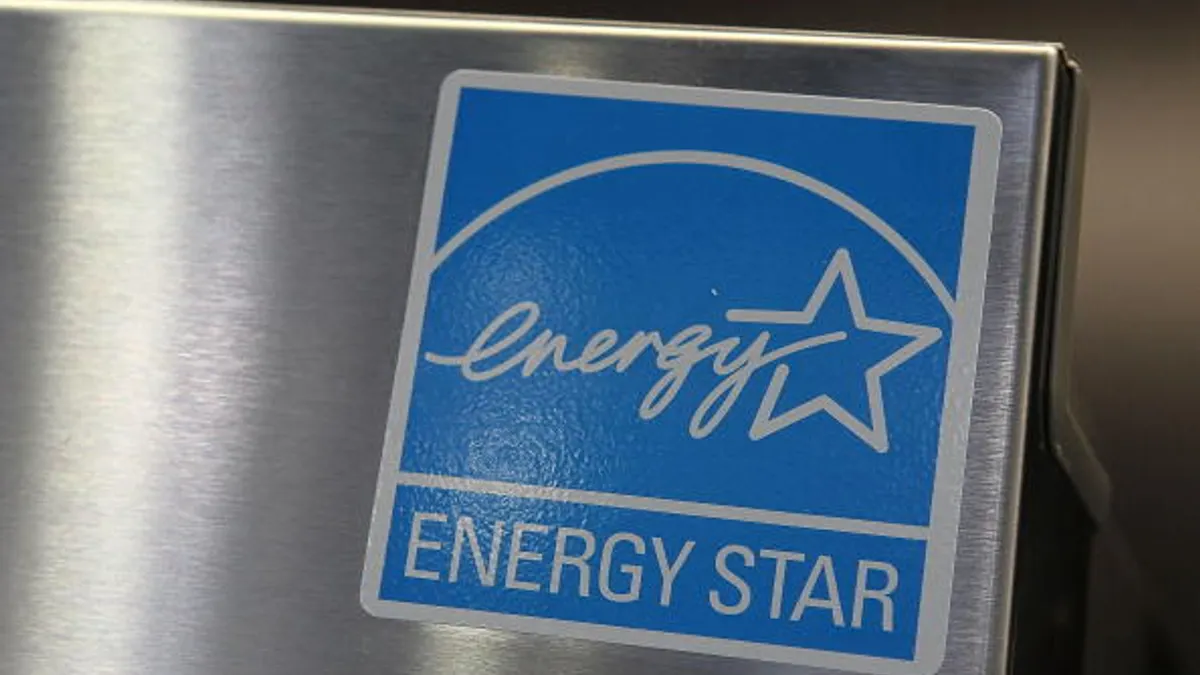Today, amid evolving demands from customers, regulators and shareholders, utilities are facing increased pressure to incorporate more renewable energy generation sources into the business and integrate more digital technology into their operations to deliver safe, reliable energy to their customers. Power and utility (P&U) companies need to innovate while managing risks, managing their workforce and digitally transforming their back-office functions — and they must have capital free to do so.
Against this backdrop, tax and finance functions have a significant opportunity to distinguish themselves as a function of value rather than as a source of cost.
Tax and finance functions are often bogged down with repetitive manual tasks and charged with maintaining compliance — but what if instead they could also capture hundreds of millions of dollars in capital that could be freed up for investment?
A confluence of challenges
Yet utility tax and finance functions also face an environment of budgetary pressure, constantly evolving technology and regulatory challenges, as well as talent shortfalls. In 2020, an EY survey gathered insights from 1,013 executives around the world to understand how change is impacting tax and finance functions. An analysis specifically of the P&U respondents — representing 53 companies of different sizes by revenue, spread across 21 jurisdictions — shows that:
- Over the next two years, 87% have a plan to reduce costs, by an average target of 6.7%.
- The average annual spend on internal and external tax function activities, weighted according to the revenue size of the P&U respondents, totals $24 million, and on average they employ about 170 people to perform these tasks.
- P&U companies are estimated to spend an average of $4.8 million on digital tax filing compliance over the next five years, and 89% of respondents anticipate an increase in their workload from complying with the emerging digital requirements.
- The lack of a sustainable plan for data and technology is cited as by far the biggest barrier to delivering their tax function's purpose and vision.
- In talent, 91% of P&U respondents agree that the mix of core competencies of tax and finance personnel will shift to data, process and technology skills. A majority (58%) are facing difficulties in attracting and retaining the talent with these skills.

In the face of these dynamics and — at times — competing priorities, how can utilities reimagine their tax and finance functions to drive value across the organization?
"With this transition, we will have to access to advanced digital capabilities and long-standing tax experience to improve planning and risk identification in today's evolving business landscape."
— Stephen De May, former Duke Energy Senior Vice President of Tax and Treasury
A fit-for-purpose operating model
Utilities should look broadly across their tax and finance functions now and in the future and address them as a cohesive whole as opposed to siloed competencies. Specifically, companies should:
1. Scrutinize your current target operating model. Now is the time to examine your organization's priorities around cost controls, high-value activities and risk management to understand how your tax and finance function contributes to your overall business strategy.
2. Determine what to build. Keeping tax and finance activities in-house generally requires some degree of internal transformation to improve efficiency of existing people, data processes and technology. Some organizations may decide to keep activities they consider higher value and best-in-class, but they need to be sure they can perform these activities with improved effectiveness and control.
3. Determine what to co-source (or outsource). Some organizations may decide it's better to co-source some activities, especially those that are more routine such as completion of tax returns, regulatory filings and data collection. It may be that co-sourcing these tasks can be performed at lower costs through centralization or use of third parties.
62% of respondents say they are likely to outsource or co-source in the next two years.
Co-sourcing and outsourcing often offers the easiest and quickest path forward to results. A wide spectrum of options exist that would be effective for different P&U companies, but efficiency and headcount reduction — while understandably important — should be approached thoughtfully to deliver greater value, not just cut costs.
4. Find the right balance. The shifting regulatory landscape and sudden technological advances can be a struggle to keep up with in a cost-effective manner: addressing the needs of today with an eye toward tomorrow in back-office functions risks fraying your focus or requires costly investment. Finding the right balance of what to own and what to outsource or co-source enables flexibility so an organization can scale up or down as needed, in response to growth plans or challenging periods.
Getting the most out of a third-party provider requires understanding where in-house resources are best positioned to add value and where their capabilities may be lagging. The options available exist on a spectrum:
5. Maximize your data. Data is a core component to capturing value from an operation model redesign: how many sources of it you have access to, how much it's integrated into the operating model through automation, and what level of governance supports the integrity of the data and how well it's used. Bringing together data with fresh thinking in a co-sourcing or outsourcing arrangement can be a powerful driver of value.
One utility's path toward tax transformation
In a 2018 press release, Duke Energy Corp. announced a strategic tax relationship with the EY organization and Stephen De May, the company's Senior Vice President of Tax and Treasury at the time, said, "We are excited to collaborate with EY, offering meaningful development and career growth tracks for employees and gaining efficiencies that will lead to savings for our customers. With this transition, we will have access to advanced digital capabilities and long-standing tax experience to improve planning and risk identification in today’s evolving business landscape."
In 2021, Duke Energy Senior Vice President and Chief Accounting Officer, Tax and Controller Dwight Jacobs said: "Our industry is rapidly transforming, and it has been incredibly valuable to collaborate with EY along this journey. We have stretched our team members to grow, we have driven new and better processes together, and we have delivered value to the bottom line. Our collaboration with EY is working."
A value driver
Ultimately, the right mix of top-quality people, greater efficiencies through technology and a forward-looking operating model can provide more time and ability to expose value across a company.
For P&U companies specifically, opportunities exist in virtually all areas of tax, such as sales taxes and property taxes and beyond— as well as getting plugged into renewables and e-mobility offerings, for example — along with risk reduction and mitigation.






